Have You Met These Skin Friendly Acids Yet?

Skincare science has a lot going on with acids, and we aren’t talking about the ones from your chemistry lab. They are all the rave right now, and they have rightly gained theirs worthwhile. They are found to be more effective and GENTLER on skin. Yes, you heard that right! These acids help to combat many common (and annoying) skincare problems. There’s a reason why they are called skin-friendly acids.
For a newbie stepping into the world of skincare, it can be a little daunting. So, before you hurry to start googling and get rattled with those long words that bounce right out of your head, here is a quick rundown. A 101 introduction to skin-friendly acids that you should befriend soon.
AHA

No, we aren’t talking about the 80s pop band. Alpha hydroxy acids (AHA) derived from natural substances like sugarcane, apple, milk, etc., are exfoliating acids. They help in brightening, collagen production, discoloration, and acne scars. Unlike physical exfoliators (like walnut and apricot scrubs) which we love so much, AHAs are milder and less abrasive.
AHAs work on the topmost layer of skin by dissolving the glue that holds the dead skin together, leaving you with a fresh and plumper skin. Being water-soluble, these acids are hydrating, and nourishing and helps products seep into skin further.
The two famous AHA acids are Glycolic and Lactic Acids.
Glycolic Acid

This AHA is derived from sugarcane or sugar crops. Some of you with dealing with dry, dull, and uneven skin tone might have already crossed their paths with this acid. Glycolic is the holy grails for exfoliating as it removes the dead skin, lightens, and helps with acne, fine lines, and sun damage.
Salicylic Acid
For anyone who has had trouble with acne, Salicylic Acid was probably their best friend. It reaches where the AHA can’t. It unclogs pores and really helps in removing all the gunk built up inside. And it’s a great anti-inflammatory ingredient as well. This skin-friendly acid is a must-have for every teenager. It is also important to remember that since it stops excess sebum production, it can be a little drying. Moderation is the key here.
Lactic Acid

As the name suggests, it’s found in lactose-rich products like dairy. It works pretty much the same as Glycolic but is less irritating. Lactic Acid is known for its moisturizing and hydrating properties while exfoliating. It's effective to get rid of dead skin, discoloration, fine lines, and hyperpigmentation. And guess what? Since it’s milder, it is suitable for all skin types.
BHA

Like AHA, Beta hydroxy acids (BHA) are chemical exfoliators. The main difference between the two is, BHA is stronger and penetrates deeper into the skin. Since they are oil-soluble, they are great to get rid of excess sebum clogging your pores. Salicylic Acid is the only known BHA commonly found.
Niacinamide

Niacinamide or Nicotinamide is a form of Vitamin B-3. You know that one person who is good at almost everything? Well, Niacinamide is that ingredient. It improves the skin barrier, controls sebum production, reduces hyperpigmentation, restores hydration, even outs the skin tone, improves skin texture, induces collagen production, and helps with redness. Phew! Talk about a miracle product. It’s a stable component with a PH level of 7 so it is less irritant than other acids.
Hyaluronic Acid
Looking for hydration? Well, we present to you Hyaluronic Acid. It’s a humectant and naturally produced in our body. But over time things like sun damage, ageing or smoking affect its production which can lead to dull and dehydrated skin. Hyaluronic Acid helps to retain moisture and improves skin’s elasticity, making it a great ingredient for glowing skin.
Retinol
Most of the anti-ageing products will have retinol in them. It’s a form of Vitamin-A which promotes skin cell renewal and increases collagen production. Thereby, improving skin texture, and reducing fine lines and wrinkles. It also works on acne by clearing out pores. If you want youthful, bright and plump skin, retinol should be your go-to product.
Vitamin-C
A key ingredient in many skincare products, so you might be already familiar with it. It helps to maintain collagen production and elastin, two major protein that helps in building a youthful, radiant and bouncy skin. It lightens dark spots and evens out the skin tone. The most notable thing about Vitamin C is that it protects from free radicals and UV rays, the major causes of skin damage.
Ascorbic Acid
The purest and strongest form of Vitamin C that skin can stand. It’s super concentrated and potent which means it shows immediate results. So, if you are looking for a quick fix, ascorbic acid should be the key.
Now that you know your basics with these skin-friendly acids, it gets a little easier to know what to look for. Mix and match to counter certain issues, and gradually bring these ingredients to your routine. Don’t go crazy all-out buying everything and expecting results overnight! They aren’t magical potions. Consistency is the key here.
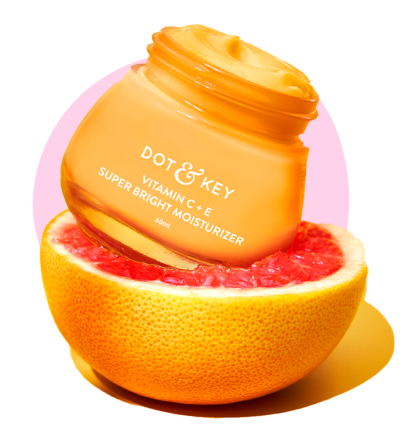
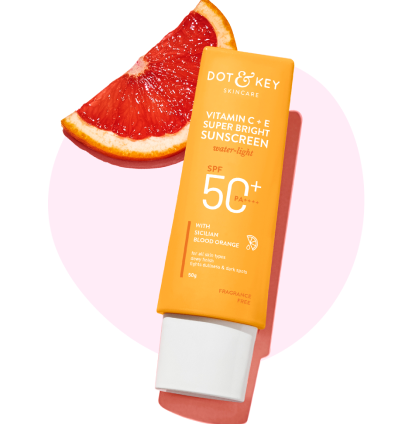
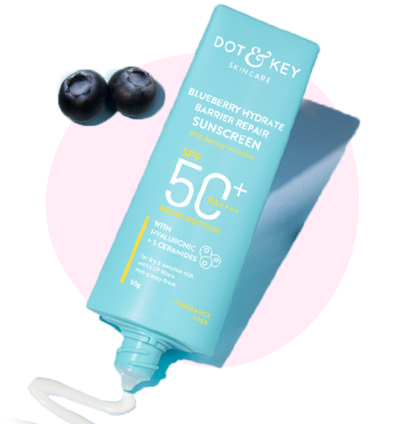
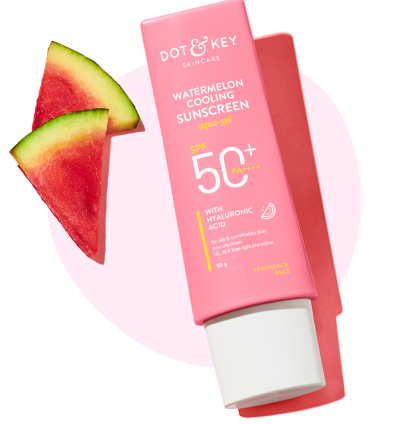
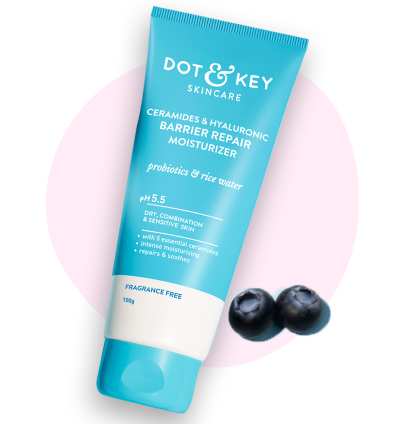
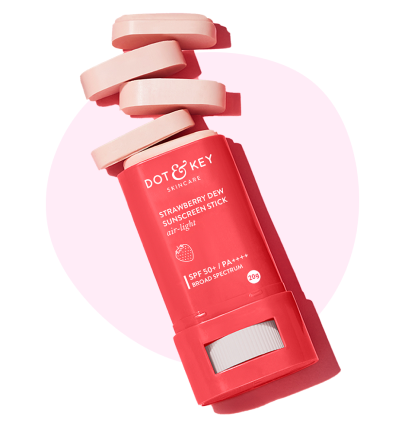
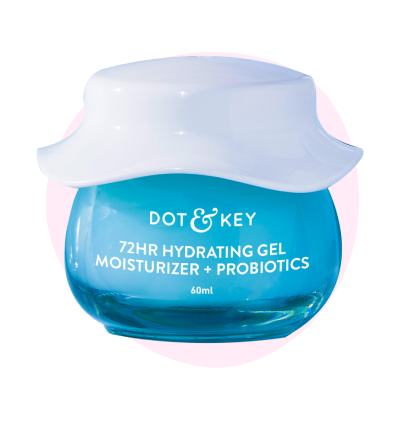

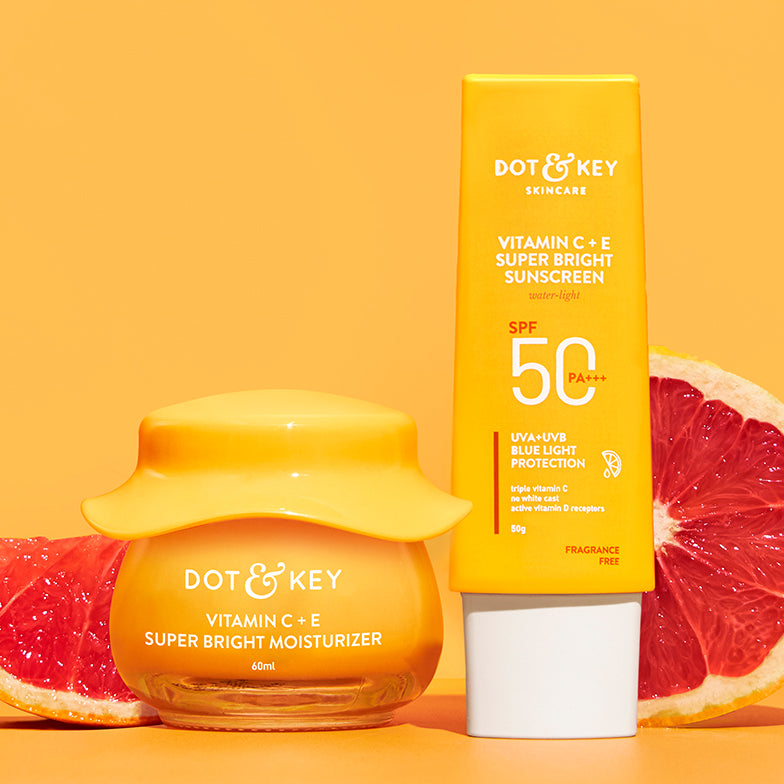

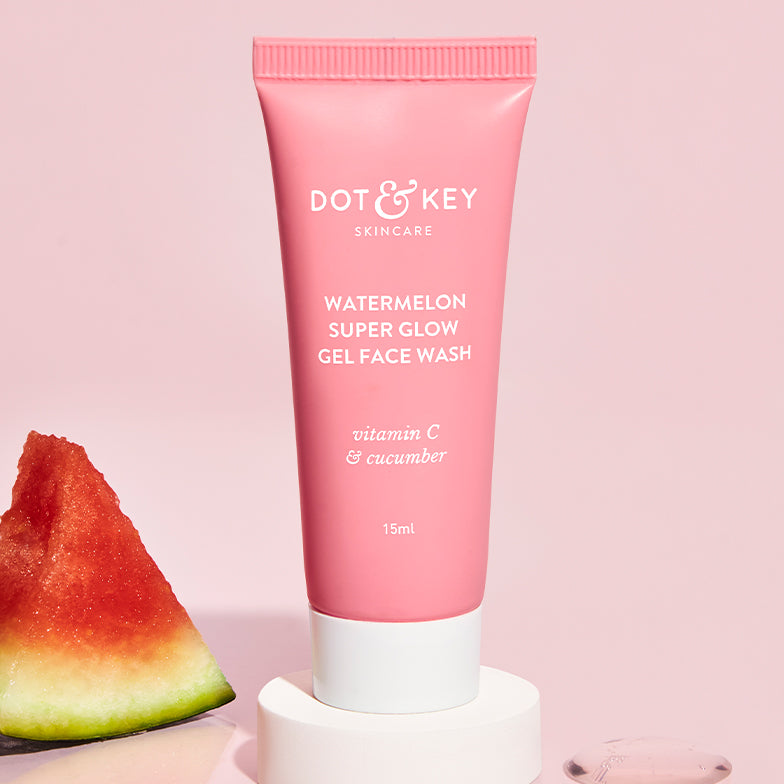
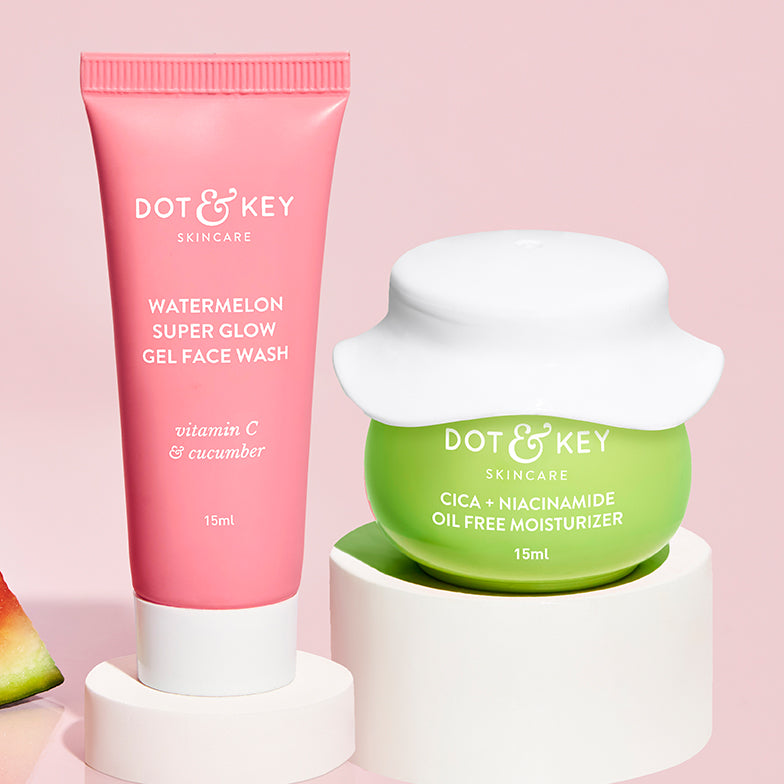
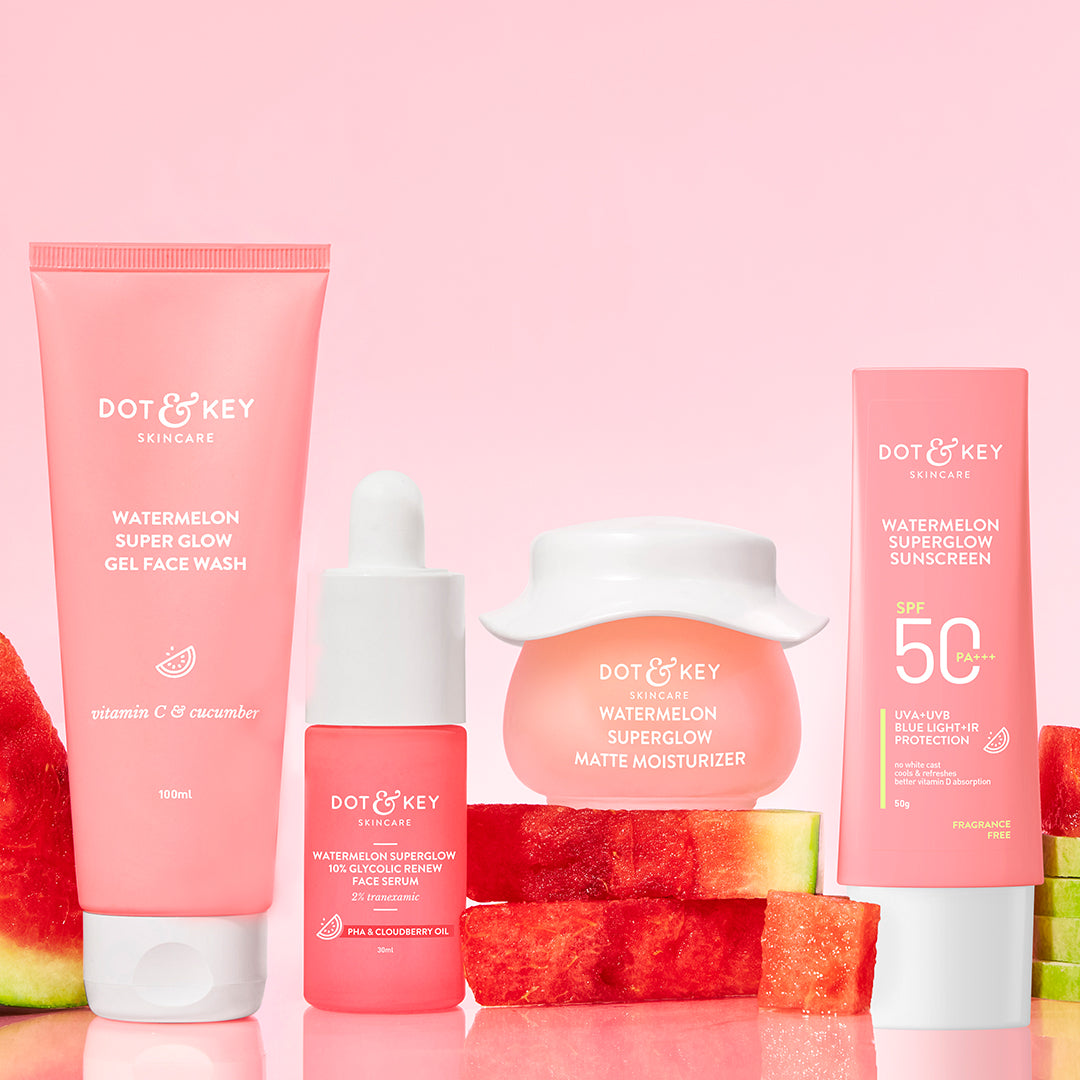
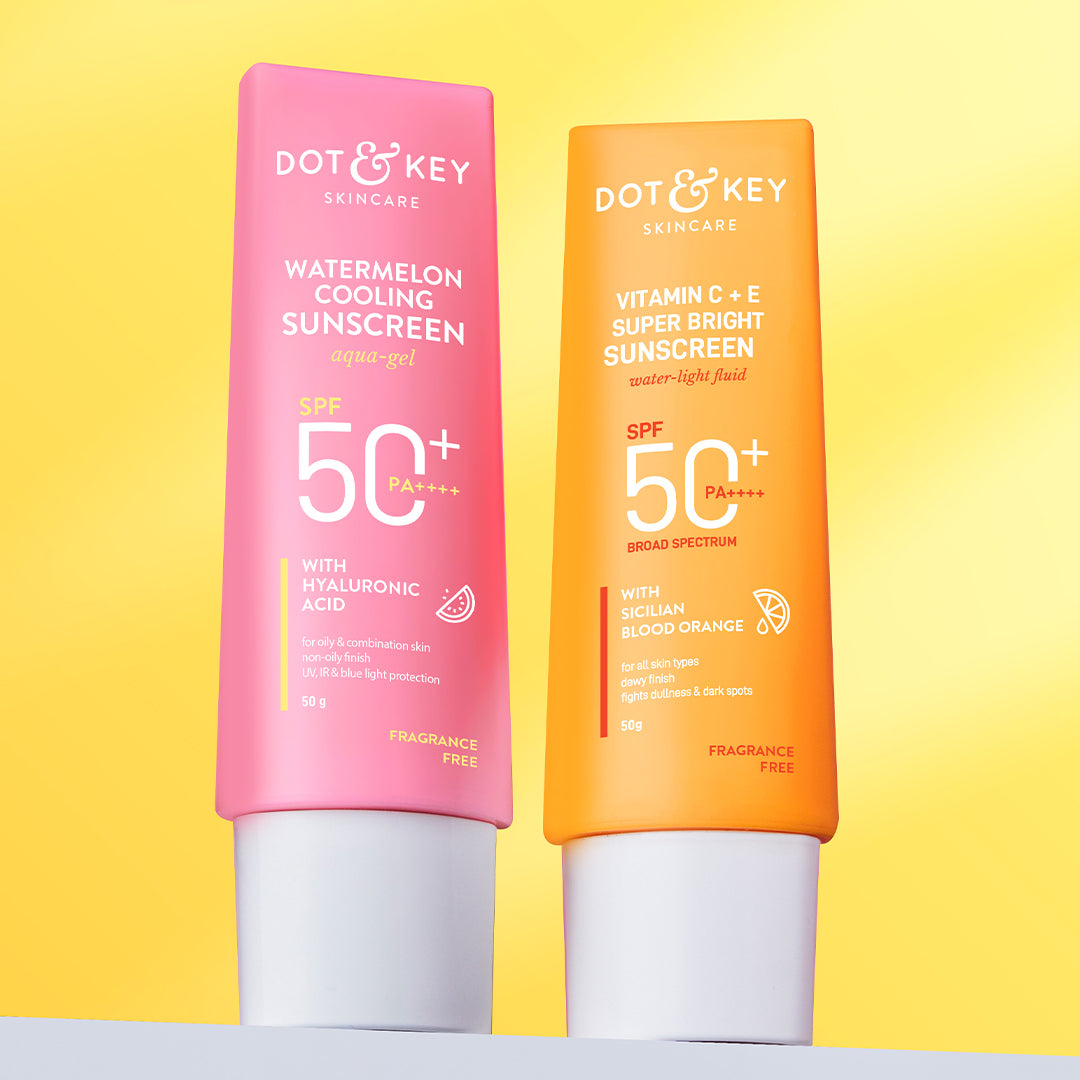



Leave a comment